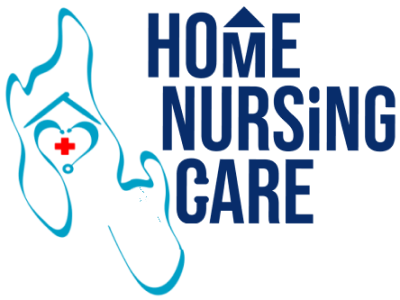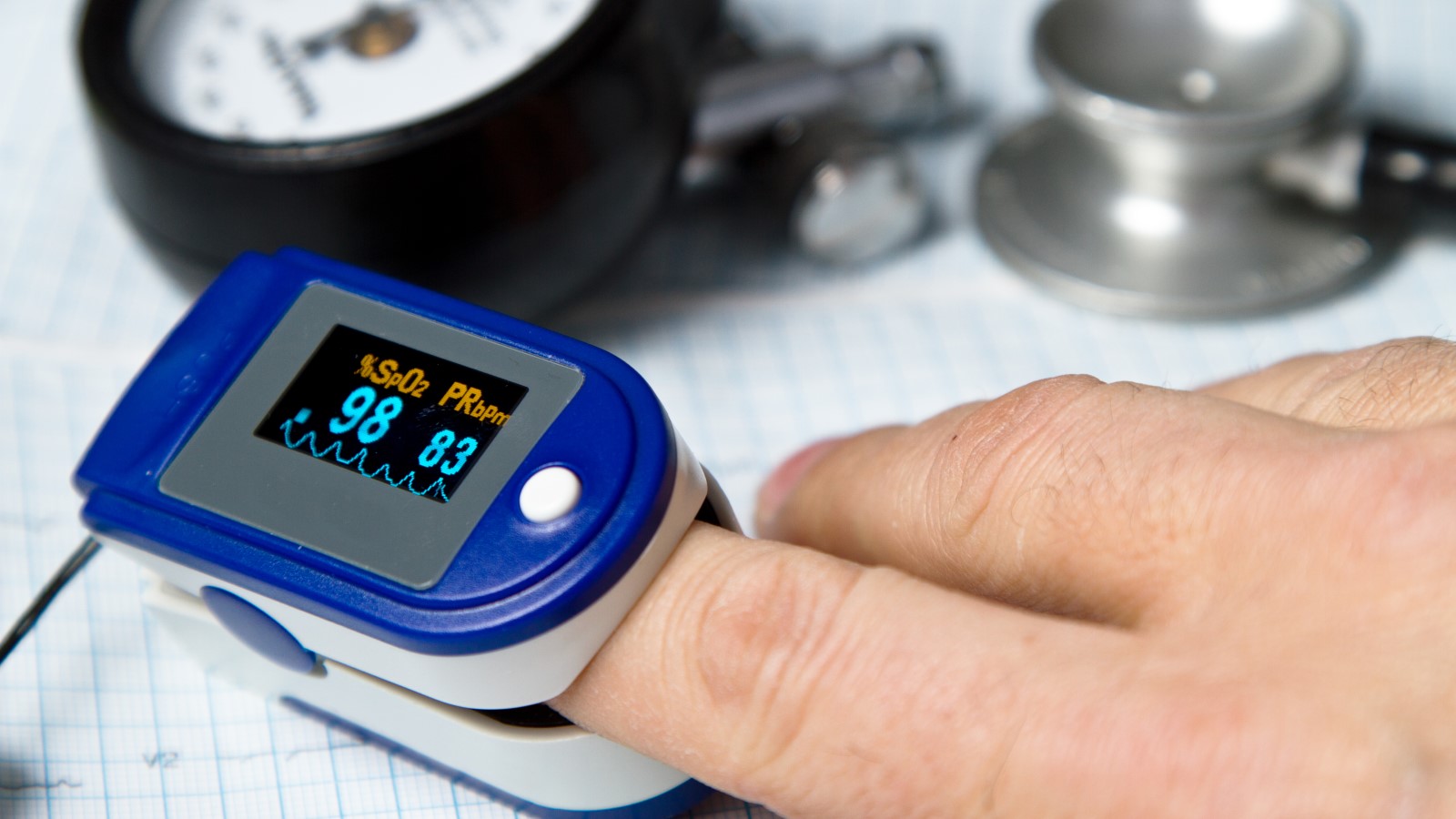Body temperature, pulse rate, rate of respiration and blood pressure are collectively known as vital signs since they provide critical information that is ‘vital’ for life-sustaining functions. Measurement of vital signs is useful in assessing the general health of a person. Vitals signs are also useful to the doctor in assessing the extent of illness and the patient’s physiological reaction to challenges posed by the disease. Vital signs can be measured in a medical setting, at home, at the site of a medical emergency or elsewhere.
You may need to monitor vitals when you are under medical treatment, to maintain track of the progress of the treatment and its impact on your health. Routine vital signs check-up at home can help you with keeping a record of it. The vital parameters serve as a baseline when you are healthy and help you analyse your health when you are not keeping well.
BODY TEMPERATURE
The normal body temperature of a person varies depending on gender, recent activity, food and fluid consumption, time of day, and, in women, the stage of the menstrual cycle. Normal body temperature can range from 97.8 degrees F (or Fahrenheit, equivalent to 36.5 degrees C, or Celsius) to 99 degrees F (37.2 degrees C) for a healthy adult. When the temperature of a body goes beyond the normal temperature it indicates a fever. On the contrary, a temperature below 95 degrees F is considered hypothermia.
PULSE RATE
The pulse rate is a measurement of the heart rate, or the number of times the heart beats per minute. As the heart pushes blood through the arteries, the arteries expand and contract with the flow of the blood. Taking a pulse not only measures the heart rate, but also can indicate the following:
- Heart rhythm
- Strength of the pulse
The normal pulse for healthy adults ranges from 60 to 100 beats per minute. The pulse rate may fluctuate and increase with exercise, illness, injury and emotions.
RESPIRATION RATE
The respiration rate is the number of breaths a person takes per minute. The rate is usually measured when a person is at rest and simply involves counting the number of breaths for one minute by counting how many times the chest rises. Respiration rates may increase with fever, illness and other medical conditions. When checking respiration, it is important to also note whether a person has any difficulty breathing. Normal respiration rates for an adult person at rest range from 12 to 16 breaths per minute.
BLOOD PRESSURE
Blood pressure is the force of the blood pushing against the artery walls during contraction and relaxation of the heart. Each time the heart beats, it pumps blood into the arteries, resulting in the highest blood pressure as the heart contracts. When the heart relaxes, the blood pressure falls.
Two numbers are recorded when measuring blood pressure. The higher number, or systolic pressure, refers to the pressure inside the artery when the heart contracts and pumps blood through the body. The lower number, or diastolic pressure, refers to the pressure inside the artery when the heart is at rest and is filling with blood. Both the systolic and diastolic pressures are recorded as “mm Hg” (millimeters of mercury).
Benefits of vitals signs monitoring at patient’s home:
- It helps the patient to keep a recorded sheet
- Help you to deal with bedridden patients for whom hospitalization is a tough job
- No need of multiple hospital visits
- Service duration as per treatment
- Recover at the comfort of your home

